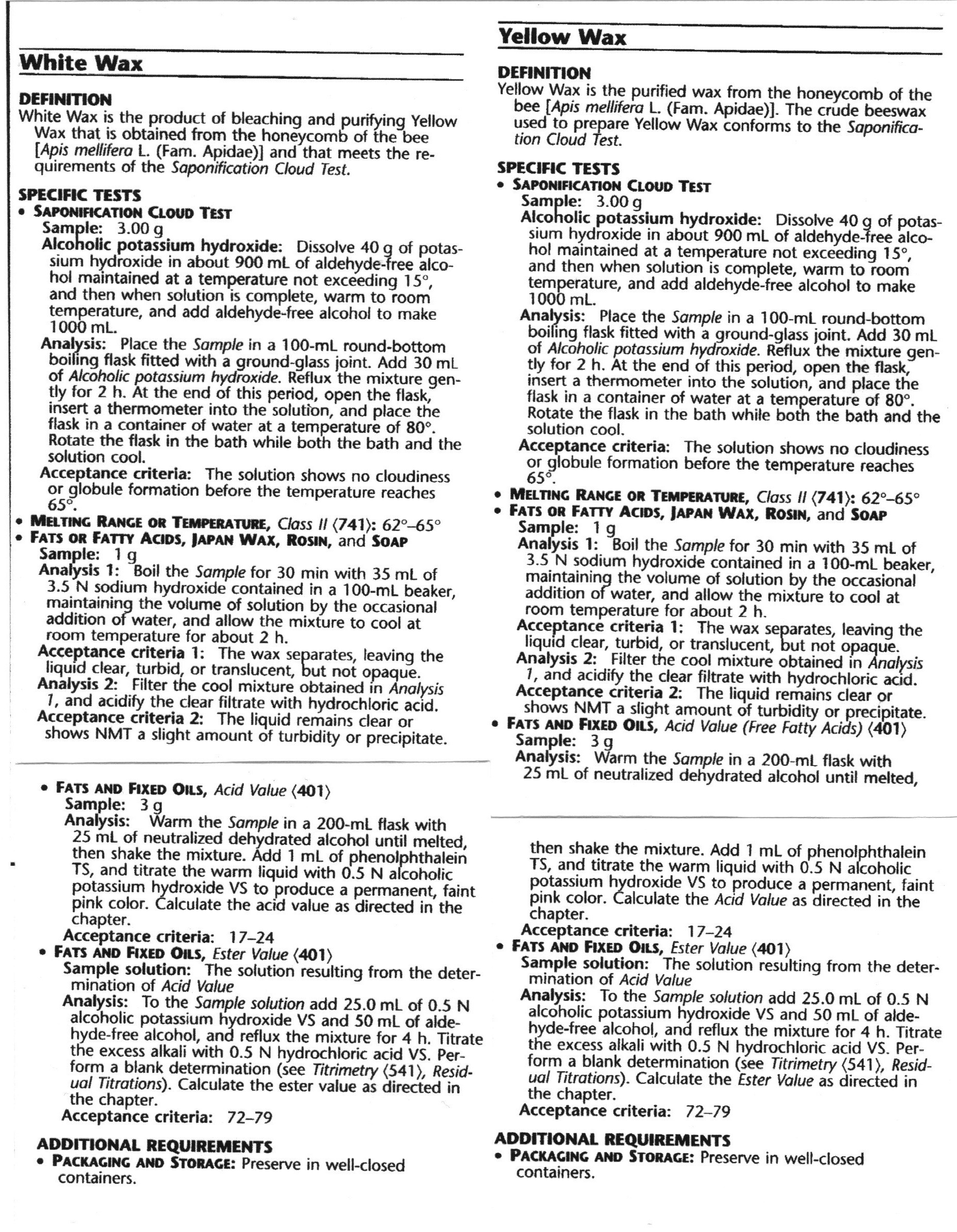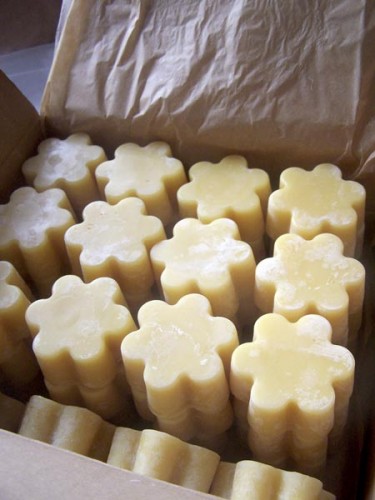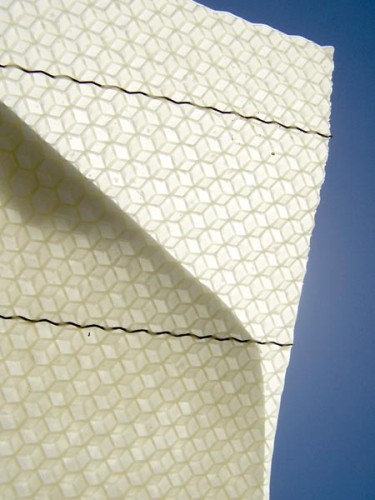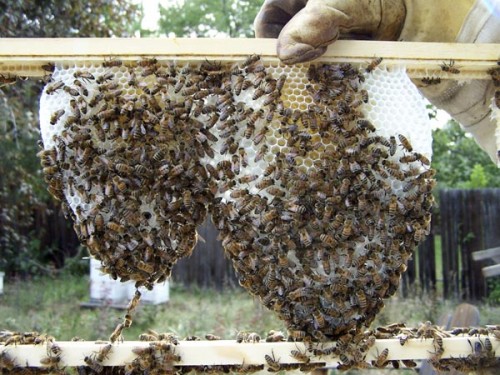September is the month my husband and I pull honey, extract it, bottle it, and bring it to market, so I always feel a little extra busy this time of year. Beekeeping feeds my appetite for tidy/tangled botanical imagery. In this case, it’s the impromptu grass brush he uses to brush straggler bees off combs that caught my eye.
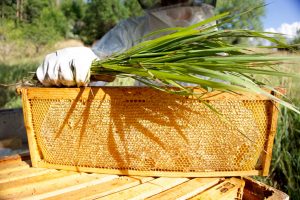
Honey in the comb, September 2016
